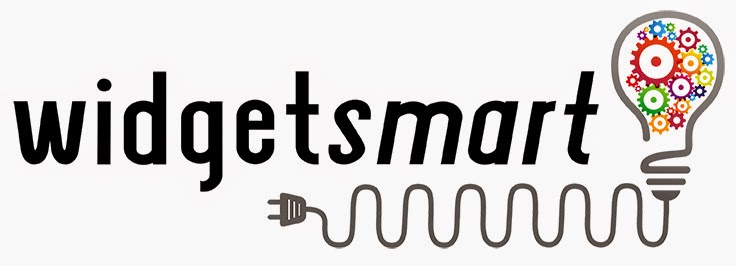This is the age of Smart TVs. You'll see this moniker thrown all over the place with lots of enthusiasm. Take your tablet PC and duct tape it to your HDTV. BAM! You now have a smart TV! Ok, its not that simple, because the manufacturers had to make it a little harder than that, right? Each one made their own operating system with a bunch of apps, just like your tablet. The confusing part is that not every TV can access all the same apps. So beware when looking at a new "Smart TV". Be sure to find a list of apps that it has access to and look at the apps you like to use all the time. You might decide its not that smart. The popular ones are Netflix, Hulu, YouTube, HBO Go, Facebook, etc. Read the fine print! Some smart TVs have the ability to screencast, or mirror what is on your Android's phone screen (sorry iPhone - you need Airplay) with a feature called Miracast or WiDi, a very easy to use and fun feature.
Not all Smart TVs are worth the extra coin. Some manufacturer operating systems are pretty restrictive, and you may be asking yourself - Is this really worth another $250? If you're questioning your need of a smart TV, don't worry! Its easy (and affordable) to take a dumb TV and upgrade it. All you'll need is an extra HDMI port (most TVs come with 2-4) and a Smart Stick. Four popular ones are Google's Chromecast, Amazon's Fire TV Stick, AppleTV and Roku's Streaming Stick. Each one taps into your WiFi network and gives you access to the internet and apps on your TV. There are pros and cons to each, Google, Amazon's, and Apple's offerings allow you to benefit from other services (think Google Drive, Amazon Prime Instant Video, and iTunes) you might already be using, so look closely at their features and what you're currently using. All are in the $35-$60 price range.
You might already have the "smart" part of the TV in your home. The new Xbox One has many features beyond just playing games. You can use it as a DVR, watch movies, follow fantasy football updates in real time, Skype friends and family, and access most of the popular apps out there. Sony's Playstation 4 has many of the same features. If you can get the kids off the games, you can enjoy a movie!
Current HDTVs are more like your computer screen than an old tube TV. Hooking one up to a PC is a snap. Just like the consoles mentioned above, PCs can play tons of games, as well as access a huge library of other software. Two popular programs for organizing and accessing your entertainment are Plex and Kodi (formerly XBMC). Both are free to download and fairly easy to setup and use. These programs are great if you already have a library of TV shows, movies, and music because they add posters, descriptions, and trailers to your content. Another great feature is being able to access your media through your smartphone via their respective apps.
So is your TV smarter than a 4th grader? Probably not, but your 4th grader will have no problem using it! Depending on what type of user you are, a Smart TV may not be worth the extra money. You may already have a console or PC at home to do the same thing, or if you're on the fence - remember that you can easily make any HDTV with an HDMI port "smart" for $35 (Google Chromecast).




















